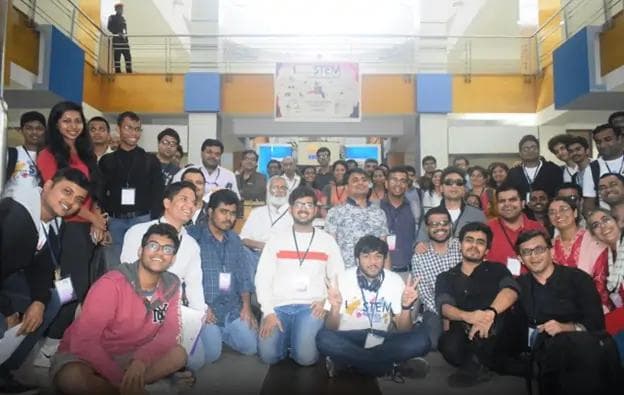HOW RAPID MOBILE APP DEVELOPMENT TOOLS ARE HELPING TO PLUG THE SKILLS GAP
HOW RAPID MOBILE APP DEVELOPMENT TOOLS ARE HELPING TO PLUG THE SKILLS GAP
Published by Gbaf News
Posted on February 12, 2015

Published by Gbaf News
Posted on February 12, 2015

Written by ZahidJiwa, VP UK & Ireland, OutSystems
With just over a month to go to Mobile World Congress, the world’s largest mobile industry exhibition, this got me thinking about how the mobile communications revolution is driving so many of the world’s major technology breakthroughs. From wearable devices to connected cars and homes, mobile technology is at the heart of worldwide innovation.
Mobile connects billions of people to the transformative power of the Internet through the devices we use in our daily lives. The advances that we have seen in the last few years have been incredible and I’m sure next month in Barcelona we will see even more innovation, ideas and new gadgets. But what does this mean for the enterprise? Here too the mobile landscape is changing rapidly with users demanding an ever more robust and evolving experience on any mobile device. As a result, enterprises are struggling to keep pace and are faced with an increasing mobile backlog, which is directly affecting enterprise revenue and productivity. A recent survey by Opinion Matters, sponsored by OutSystems, found that a broad-ranging, increasing shortage of skilled mobile developers is also compounding this issue.
With the demand for more and more mobile apps that not only need to be developed but also be maintained, we are seeing a growing number of customers turn to Rapid Application Delivery (RAD) solutions to help them solve the emerging mobile development challenge. Let’s face it, mobile is the ‘pointy end of the stick’ and is forcing organisations to take a hard look at how they create, deploy and manage applications across all their platforms (web, mobile, wearables, etc) in the most efficient, cost-effective manner possible.
Analyst firm Gartner recently published a new market guide, Gartner Market Guide for Rapid Mobile App Development Tools, which is designed to help enterprises navigate the landscape of rapid development tools. These tools aim to simplify mobile app development through ‘low-code’ offerings to the point that anyone – developer or not – can use them.
The report includes a helpful list of representative vendors, including OutSystems that offer cross-platform development (Android, iOS, etc). Gartner also provides some helpful recommendations. These include:
This is sound advice and to build on these recommendations I would also suggest the following:
The full Gartner Market Guide for Rapid Mobile App Development Tools is definiately worth a read and can be accessed here by Gartner clients http://www.gartner.com/document/2916717. It certainly does give helpful guidance on this whole area, which let’s face it, isn’t going to slow down anytime soon if the flurry of publicity and hype that we are currently experiencing in the lead up to Mobile World Congress 2015 is anything to go by. I for one will be interested to see what new innovations come out of this show and how this will impact user expectations and the enterprise in 2015 and beyond.
Read More: http://www.outsystems.com/platform

Zahid Jiwa
ZahidJiwa is VP of sales for UK and Ireland for OutSystems and an experienced senior manager who has an excellent track record in growing revenues for technology companies since beginning his career as an Analyst at Accenture, a management consulting, technology services and outsourcing company. He then moved to Showcase PR as Sales Director before becoming EMEA Director of Sales at digital marketing technology provider, Silverpop Systems. At OutSystems, Zahid has created a robust and sustainable go-to-market strategy as well as developing the senior level sales and marketing team for OutSystems in the UK.
OutSystems provides the enterprise Rapid Application Delivery (RAD) platform that makes it easy to develop apps once and deliver seamlessly across iOS, Android, Windows Phone, and web – fully integrated with existing systems. Over 400 enterprise organizations use OutSystems Platform to enable rapid delivery and effortless change of large application portfolios.
Explore more articles in the Technology category











